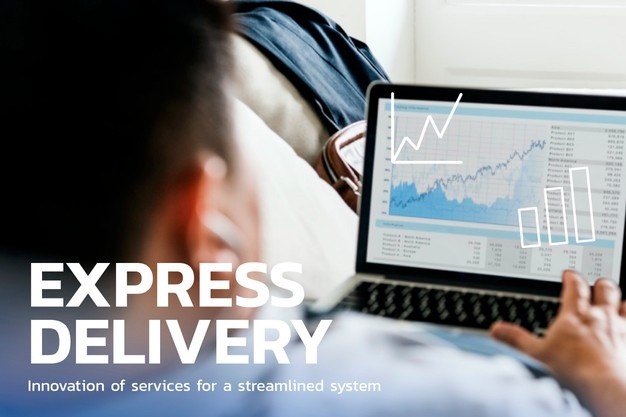Revenue side: the growth rate slowed down in 2022q1, with obvious differentiation among enterprises. 1) Overall condiments: due to the disturbance of the epidemic, the growth rate of revenue in 2022q1 is slightly slower than that in 2021q4. 2021q4 benefits from the price increase to stimulate the preparation of goods through channels, the wrong date of Spring Festival, the recovery of demand and benign inventory, and the revenue growth is accelerated; In 2022q1, the growth rate decreased due to the suppression of catering demand by the epidemic and the limitation of logistics delivery; If the disturbance of the Spring Festival is excluded, the revenue performance of condiment enterprises meets the expectation from 2021q4 to 2022q1; 2) By category: soy sauce: subject to the high base and channel structure, the growth rate of Q1 is slower than that of condiments as a whole; Vinegar: the effect of Hengshun reform is reflected, and the income performance is bright under the pressure of the industry; Pickled mustard: the price increase disturbs the sales performance in the short term, and the follow-up income is expected to accelerate the replenishment; Yeast: industry competition slows down the growth rate of 2022q1, which is expected to be alleviated in the future; Polyphony: the effect of Tianwei reform reflects that the business performance of 2022q1 leads the condiment sector, and richen is dragged down by the weakness of catering in the short term.
Gross profit margin: the cost pressure of short-term condiment enterprises is prominent. 2021q4-2022q1 soy sauce, pickled mustard, yeast and other categories have highlighted the pressure on gross profit margin due to the rapid rise in the price of main raw materials and packaging materials; 1) Soy sauce: we estimate that the cost of soy sauce enterprises in 2022q1 generally increases by double digits year-on-year, and the subsequent cost pressure is expected to improve quarter by quarter; 2) Vinegar: Jiangsu Hengshun Vinegar-Industry Co.Ltd(600305) cost side benefits from the decline of glutinous rice price, and the cost pressure is less than that of other main categories, but the increase of packaging material cost drags down the overall profit; 3) Mustard: the short-term cost is under pressure and is expected to improve significantly in the second half of the year; 4) Yeast: in the procurement season of 2022, the average purchase price of molasses increased year-on-year, superimposed with the rise of sea freight and the appreciation of RMB exchange rate. In 2022q1, the cost pressure was prominent, and the gross profit margin was -6.6pct year-on-year; 5) Polyphony: polyphony enterprises have relatively small cost pressure in the condiment sector due to their diverse cost composition.
Expense rate: the year-on-year change is stable, and some enterprises enter the expense contraction cycle. Excluding the disturbance of transportation cost adjustment on the sales expense rate of 2021q4, the sales expense rate of 2021q4-2022q1 condiment enterprises is stable; The sales expense ratio of Qianhe Condiment And Food Co.Ltd(603027) , Chongqing Fuling Zhacai Group Co.Ltd(002507) , Sichuan Teway Food Group Co.Ltd(603317) 2022q1 improved significantly year-on-year, mainly due to the increase of publicity and promotion investment in 2021h1, which entered the expense contraction cycle, which is in line with our early judgment.
Expected elasticity: short-term earnings, expected elasticity. 1) 2022q1 cost pressure drags down profits, and the improvement of expense rate contributes to performance elasticity: dragged down by cost pressure and changes in product structure, the net interest rate of major condiment enterprises from 2021q4 to 2022q1 is under pressure, of which Qianhe Condiment And Food Co.Ltd(603027) / Chongqing Fuling Zhacai Group Co.Ltd(002507) / Sichuan Teway Food Group Co.Ltd(603317) benefits from the improvement of sales expense rate, and the net interest rate of 2022q1 is + 3.1 / + 2.4 / + 0.6pct respectively year-on-year; 2) Looking forward to the performance elasticity after the net interest rate returns to normal in the next 1-2 years: the price of raw materials and packaging materials has increased since 2020, which is reflected in the cost pressure of condiment enterprises in 2021, superimposed by the downturn of the industry and the high channel inventory, condiment enterprises generally increase the cost investment, resulting in the phased pressure on the net interest rate in 2021; In the future, the high cost is not normal, and the investment of market and publicity expenses will eventually return to the normal level. Comparing the net interest rate of each enterprise in 2021 with the average net interest rate of 20152020, we can find that there is a large room for improvement in the net interest rate of Qianhe Condiment And Food Co.Ltd(603027) , Jiangsu Hengshun Vinegar-Industry Co.Ltd(600305) , Sichuan Teway Food Group Co.Ltd(603317) and other enterprises. We look forward to the profit elasticity space after the profitability of each enterprise returns to normal in the next 1-2 years.
Investment suggestion: with the release of epidemic control, the seasoning sector is expected to usher in channel replenishment, and the distribution channel layout of C-end has sufficient enterprise income elasticity; At the same time, with the use of low-cost green vegetable heads, the cost improvement certainty of Chongqing Fuling Zhacai Group Co.Ltd(002507) 2022q3 is strong, Qianhe Condiment And Food Co.Ltd(603027) / Chongqing Fuling Zhacai Group Co.Ltd(002507) / Sichuan Teway Food Group Co.Ltd(603317) the base of fee investment in the same period in 2021 is high, and the performance elasticity is fully released as 2022 enters the cost contraction cycle. Focus on Sichuan Teway Food Group Co.Ltd(603317) , Qianhe Condiment And Food Co.Ltd(603027) , Chongqing Fuling Zhacai Group Co.Ltd(002507) , Angel Yeast Co.Ltd(600298) , which benefit from the epidemic and have sufficient flexibility. At the same time, be optimistic about the flexibility of Qingdao Richen Food Co.Ltd(603755) .
Risk tip: repeated epidemic risk, higher than expected cost, cost model and related calculation limitations.
